Originally published in The Ecologist by Rebekah Hayden
The Intag valley in the Imbabura province, high up in north-west of Ecuador, should be a peaceful place. Forested mountains are blanketed so thickly in fog that the sub-tropical rainforests are known as cloud forests.
These forests shelter a biodiverse treasure in the plants and animals found here – many of which are critically endangered or at risk of extinction. Some are found nowhere else on earth. A study in 2018 found 287 endangered species in the Intag area alone. That number keeps going up as new species are discovered.
On the valley floor, farmers hold small plots of land, growing coffee, bananas and other subsistence crops. Yet beneath the subsoil lies bright seams of copper. To get to it, chunks of the valley and the mountains must be torn apart.
Mining
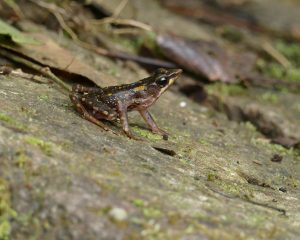
The Intag region has been a hotbed of conflict since the early 1990s, when miners exploring for copper discovered the valley’s mineral riches, and the community first voiced their opposition. Since then, communities in Intag have denounced mining companies for violations of permits and licenses. Two mining companies have since been forced out by peaceful, but determined community resistance.
Backed by local government, communities have presented evidence of serious human rights abuses, contamination of the Junín river, illegal logging, unauthorised land-use, and demanded the area be recognised as a mining-free zone, highlighting the region’s other sources of wealth, including its biological diversity and ecotourism potential.
A preliminary Environmental Impact Study conducted in 1996 found even a small copper mine in the Intag region would lead to massive deforestation and contamination of waterways with heavy metals. It predicted relocation of four communities, a reduction in rainfall and an increase in climate instability, a serious concern for a region already at grave risk of climate change.
Despite all this, the government continues to parcel up the land and sell it to transnational companies.
The Llurimagua copper mining project has a complicated history. Ecuadorian state miner ENAMI and Chile giant Codelco started exploring the site in 2015 – but only after it had been secured by hundreds of police. Conflict over how to split the profits, community resistance and a damning environmental impact study has stopped any exploration since 2018.
In 2019, the Comptroller General and the Ombudsman's report on the mining project found glaring violations to the law and strongly suggested the forest within the mining area should be given rights due to its biological significance. ENAMI is now planning to sell off its share.
Mining
Also in Imbabura, but fifty kilometres north-east of Llurimagua, Australian miner SolGold holds the Cascabel mining concession, which could equal Chile’s Escondida copper mine in size if it is developed. In 2019, Ecuador's Comptroller General published the results of a special investigation revealing many irregularities linked to the project.
Just below Cascabel, operations are degenerating into fiasco at a concession held by Hanrine, a subsidiary of Hancock Prospecting, and owned by Australia’s richest person, Gina Rinehart.
In 2019, the military had to kick thousands of illegal miners off the concession, while in recent months Hanrine’s General Manager was arrested for possession of military-style weapons and its main mining camp was burnt down. Illegal mining has contributed to a range of social problems at nearby townships, and now locals are wary of large industrial mining as well.
BHP also has a concession close to SolGold’s Cascabel project. Like the others, it is an area lush with primary and secondary cloud forest. On August 27, local authorities called for a halt of all mining projects in the area for fear of stoking social conflicts and environmental contamination.
Impact
BHP is emerging as the mining company which might have the largest impact on the region. Not only does it hold five concessions in the Intag area, but as a majority shareholder in SolGold holding a 14.7 percent stake, it stands to benefit from their concessions as well. BHP have been under a standstill agreement with SolGold which expires in October, allowing it to make a bid on the company. BHP is also a major contender in the race to buy ENAMI’s share of Llurimagua, along with Hanrine.
If BHP wins its bids for both SolGold and ENAMI’s share of Llurimagua, not only would it have the largest number of concessions in the region, but its holdings across Ecuador would total over 300,000 hectares.
As the biggest mining company in the world, BHP likes to appear socially and environmentally responsible. That has not been the experience of people on the ground in the Intag.
BHP’s concessions in Intag cover thousands of hectares of the local governments’ watersheds, primary and secondary forest reserves, farmland and the water sources for several communities. They also cover farmland, and seven communities who view the sale of land for mining as illegal, as they were never consulted by the government or gave consent – in direct violation of the Ecuadorian Constitution.
BHP obtained permits and conducted its first explorations for copper without community consent, and has repeatedly tried to divide the community. In January 2020, the affected communities voted to declare the area a mining-free zone. It is nearly three years since BHP has been able to access the concession.
Protections
BHP has a clearly worded charter that states it will not explore or extract resources within or adjacent to the boundaries of International Union for Conservation of Nature (IUCN) Protected Areas, or operate where there is a risk of causing the extinction of an IUCN Red List Threatened Species.
Yet five of BHP’s concessions lie within the Cotacachi-Capayas Ecological Reserve Buffer Zone, the habitat of several IUCN-listed species; there are at least two IUCN-listed species at LLurimagua; and many more across the concessions it might inherit if it bids for SolGold as well.
With BHP’s AGM coming up on October 14, there is a small hope that shareholder pressure may caution BHP to not invest further in these projects.
Ecuador is unique in the world for not only recognizing that nature has rights, but embedding these in its Constitution. DECOIN (Organizacion para la Defensa y Conservacion Ecologica de Intag), the team leading the Llurimagua Rights of Nature case, believes Rights of Nature are equivalent to the right to life, and that both of these rights are violated by the economic rights of transnational companies.
The Los Cedros Biological Reserve is also making a case with the Rights of Nature clause at the Constitutional Court, arguing that it should give Protected Forests greater protections from mining and other extractive industries.
Good living
Carlos Zorilla, a founder of DECOIN, says a positive ruling for the Lluriamgua case would have a much wider impact than only safeguarding Protected Forests. It would prohibit extractive activities in all habitats where endemic species are found. All endemic species would be included – whether the species have protection or not. Given Ecuador’s high rate of endemism, it could stop a large part of the country from being mined.
A public awareness campaign based around Buen Vivir or “good living”, a cornerstone concept of the Ecuadorian Constitution – Intag as a Sanctuary for Life – is strongly backed by the Cotacachi County Government, with the Mayor publicly expressing an interest in creating a local law to declare all of Intag and Manduriacos a Sanctuary for Life. This would put it at loggerheads with the national government, which has been threatening local governments with criminal proceedings if they pass anti-mining ordinances.
The first Constitutional Injunction (Medidas Cautelares) to immediately stop the Llurimagua mining project was heard by the Cotacachi court on 11 September.
The case hinges on two species of frogs threatened by the Llurimagua mining project: the Longnose Harlequin Frog and the Confusing Rocket Frog. The former was listed by the IUCN as extinct until its unexpected rediscovery last year; both are endemic to forests covered by the mining concession. Another two dozen species including the Andean Eagle, a species of spider monkey, and the spectacled bear are also in danger of extinction.
At the hearing, Ecuador's best-known herpetologist Juan Manuel Guayasamin gave a testimony on the endemic frogs, while mammal biologist Professor Diego Tirira, University of Sussex biologist Mika Peck, and Javier Morales from the Ombudsman’s office presented Amicus Curiae (Friends of the Court) on the importance of the region and the threats various species face.
Communities
By contrast, the government’s attorneys only brought forward a flawed Environmental Impact Study with 235 observations they were still “working to resolve”.
Carlos Zorilla said: “A problem facing all court cases based on the Rights of Nature is that it is rare to find a judge or lawyer who properly understands it.
"If we lose, we will take the case all the way to the Supreme Court, as we feel there is indisputable evidence that mining in Intag’s forests will violate the Rights of Nature, causing the two endemic frogs to go extinct, and push others closer to extinction.”
Regardless of the outcome of the case, it should not be incumbent on communities or courts to ensure the good behaviour of mining companies or governments. They must come to recognise themselves that mineral rights do not give them the green light to commit gross environmental crimes or human rights abuses.
The world needs places that stay untouched; where the risk of what we might lose outweighs any potential economic benefit. Intag is one of these places.
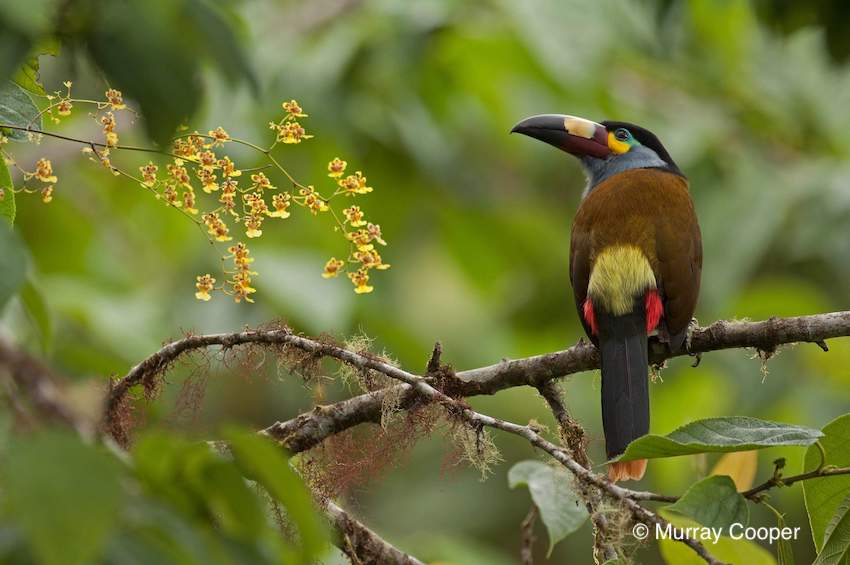
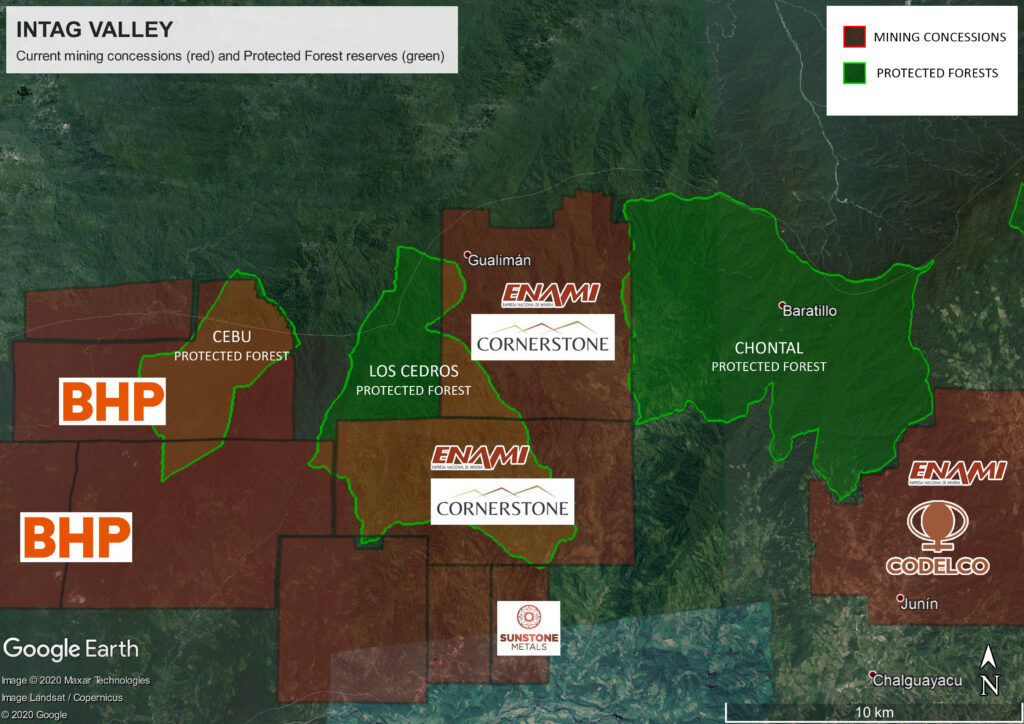
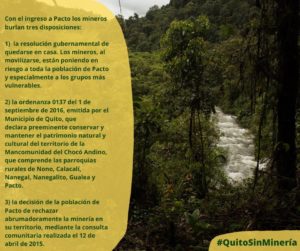
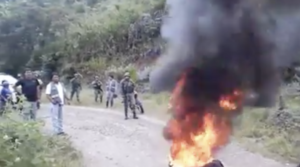
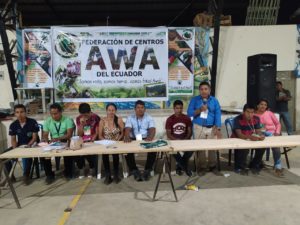
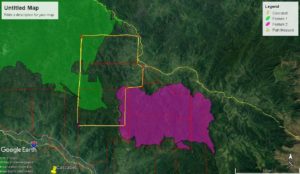
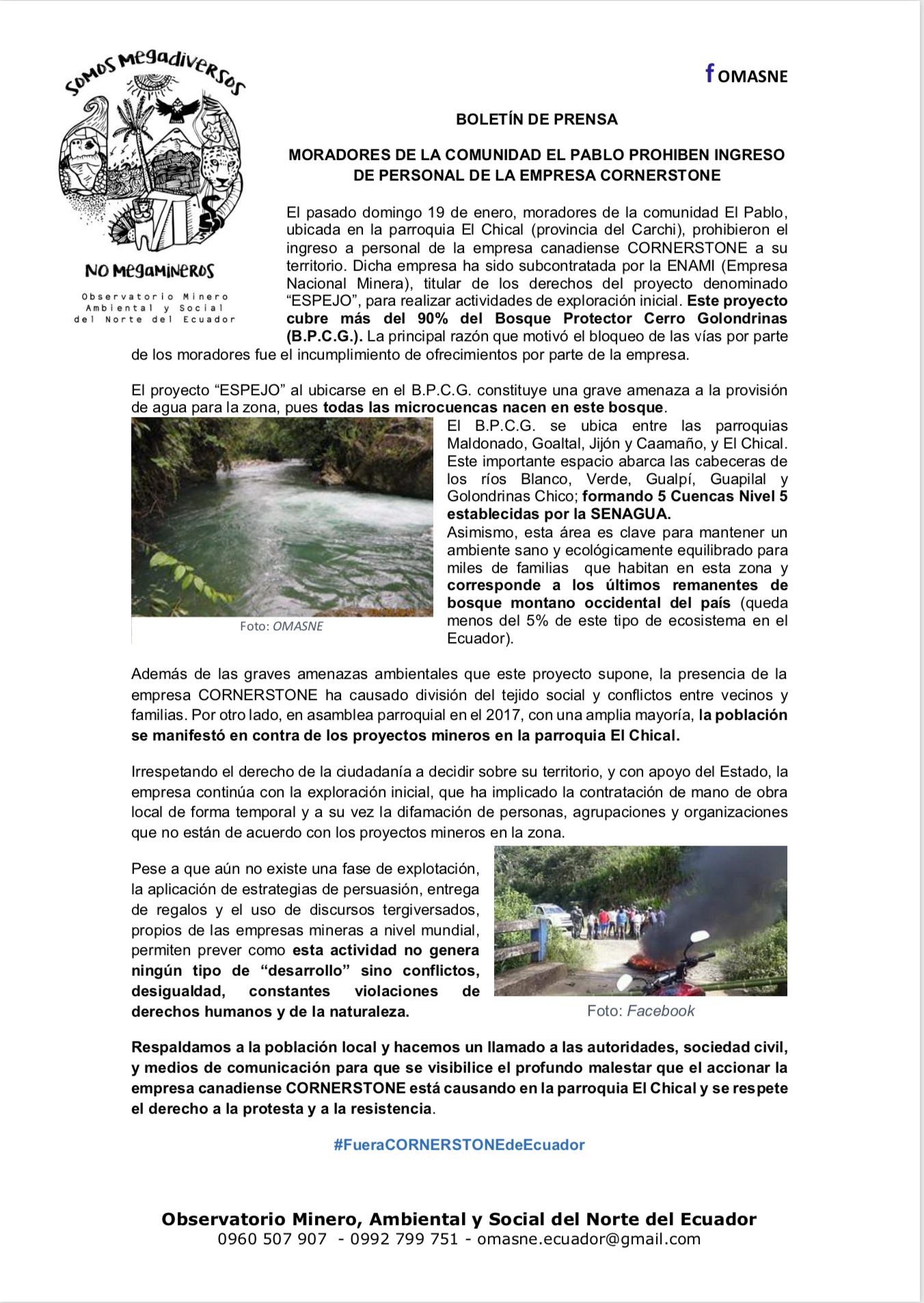
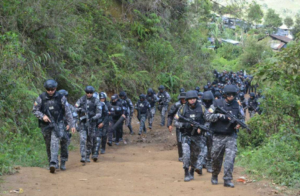
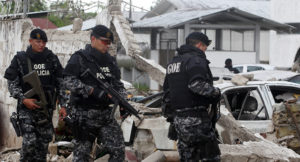
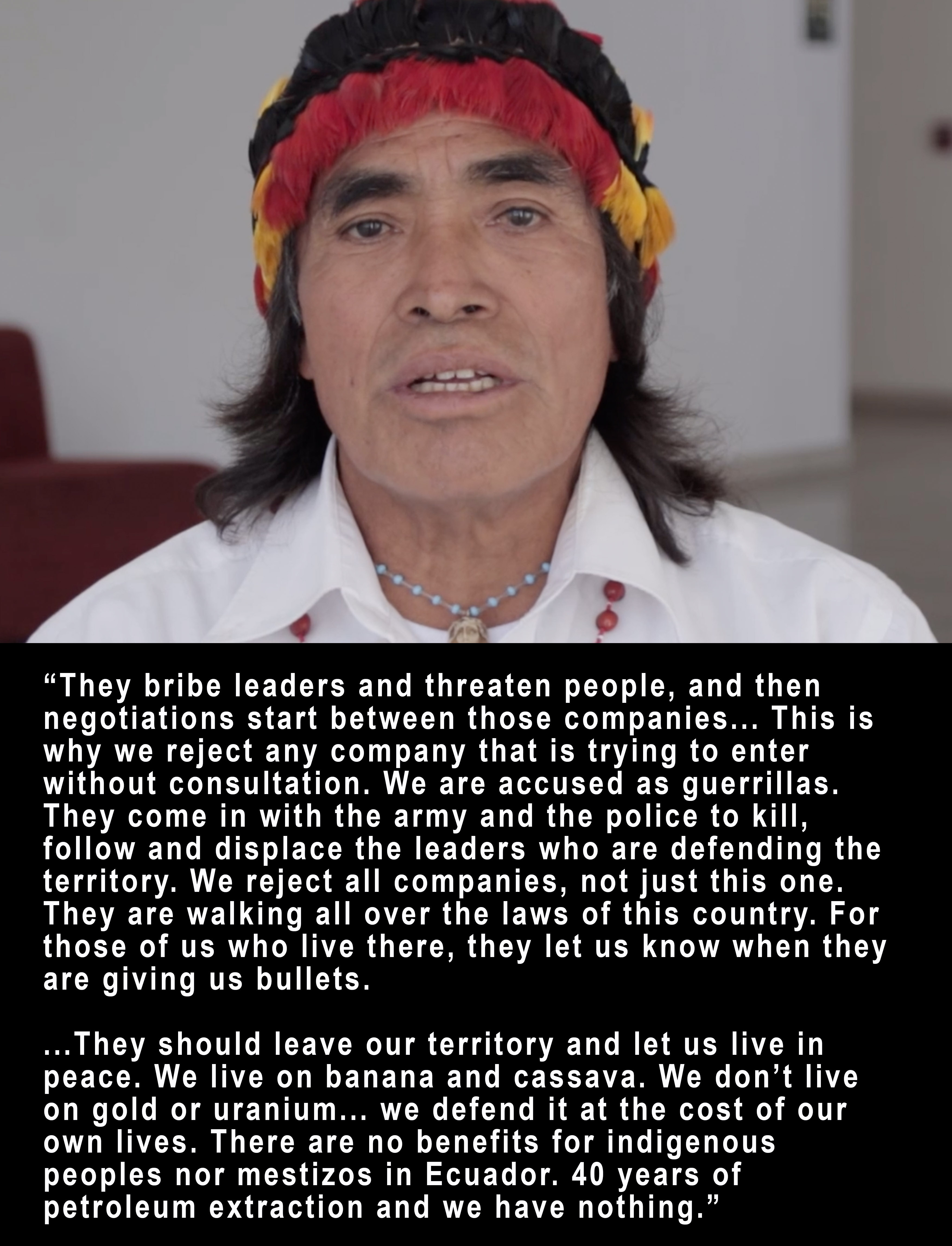
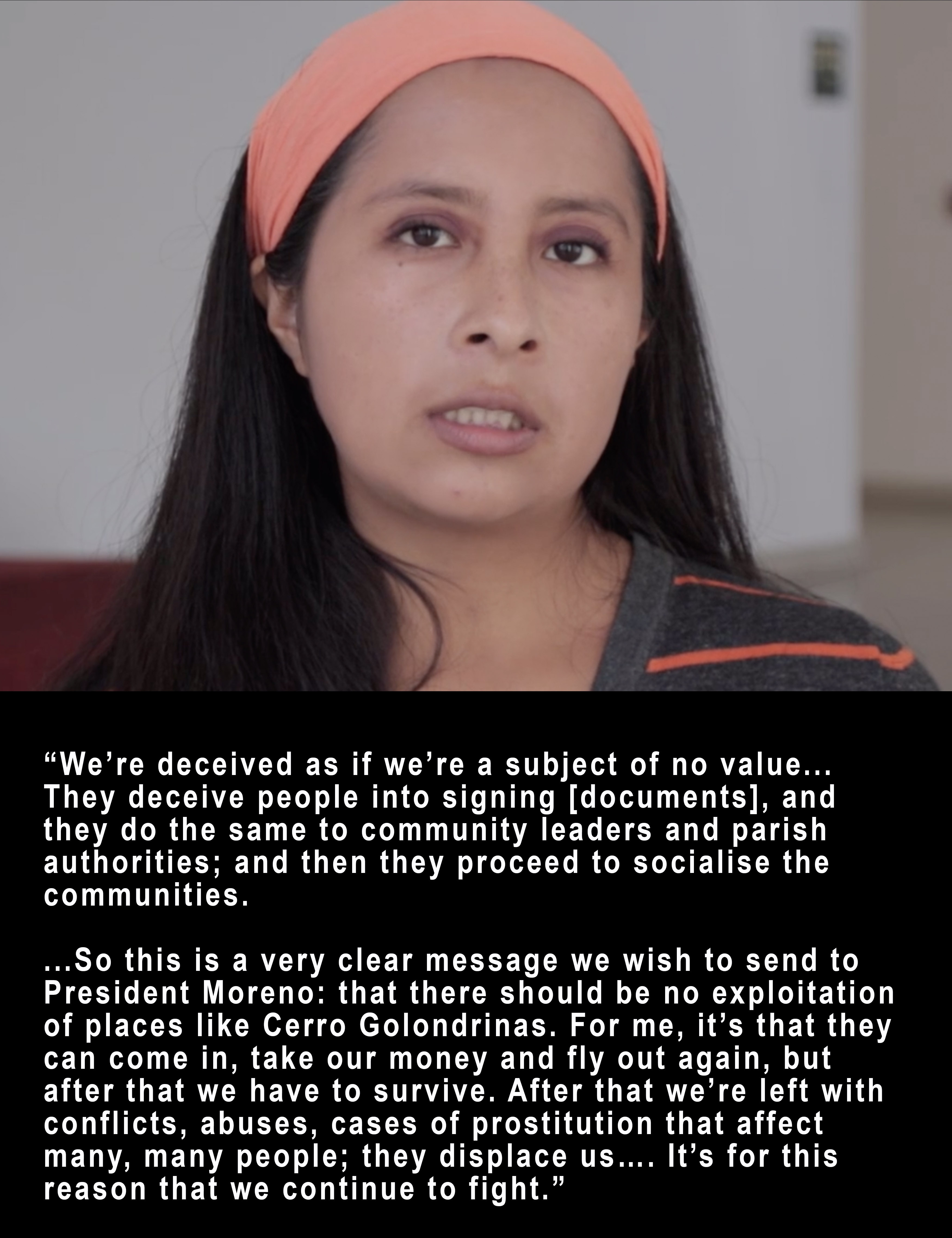
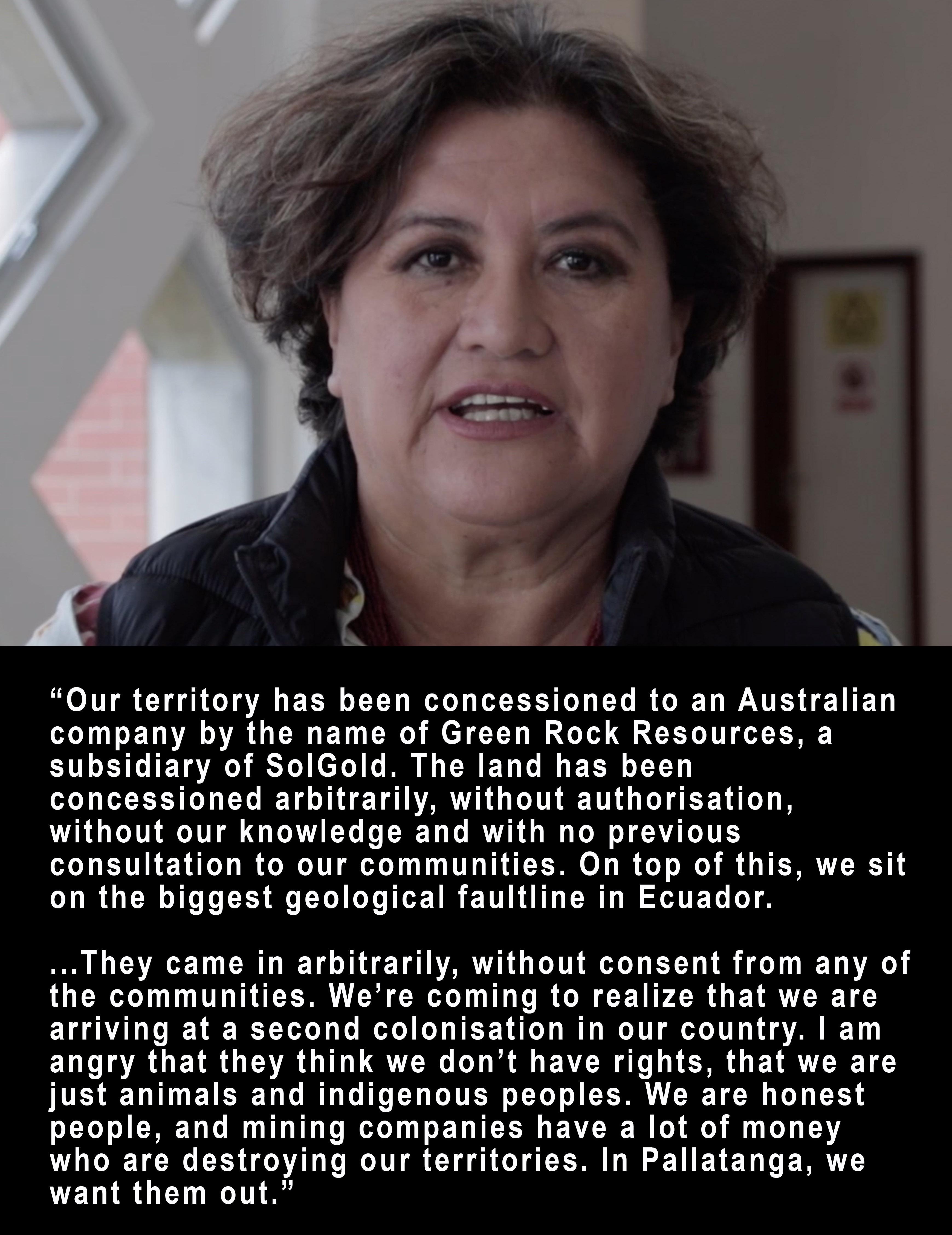
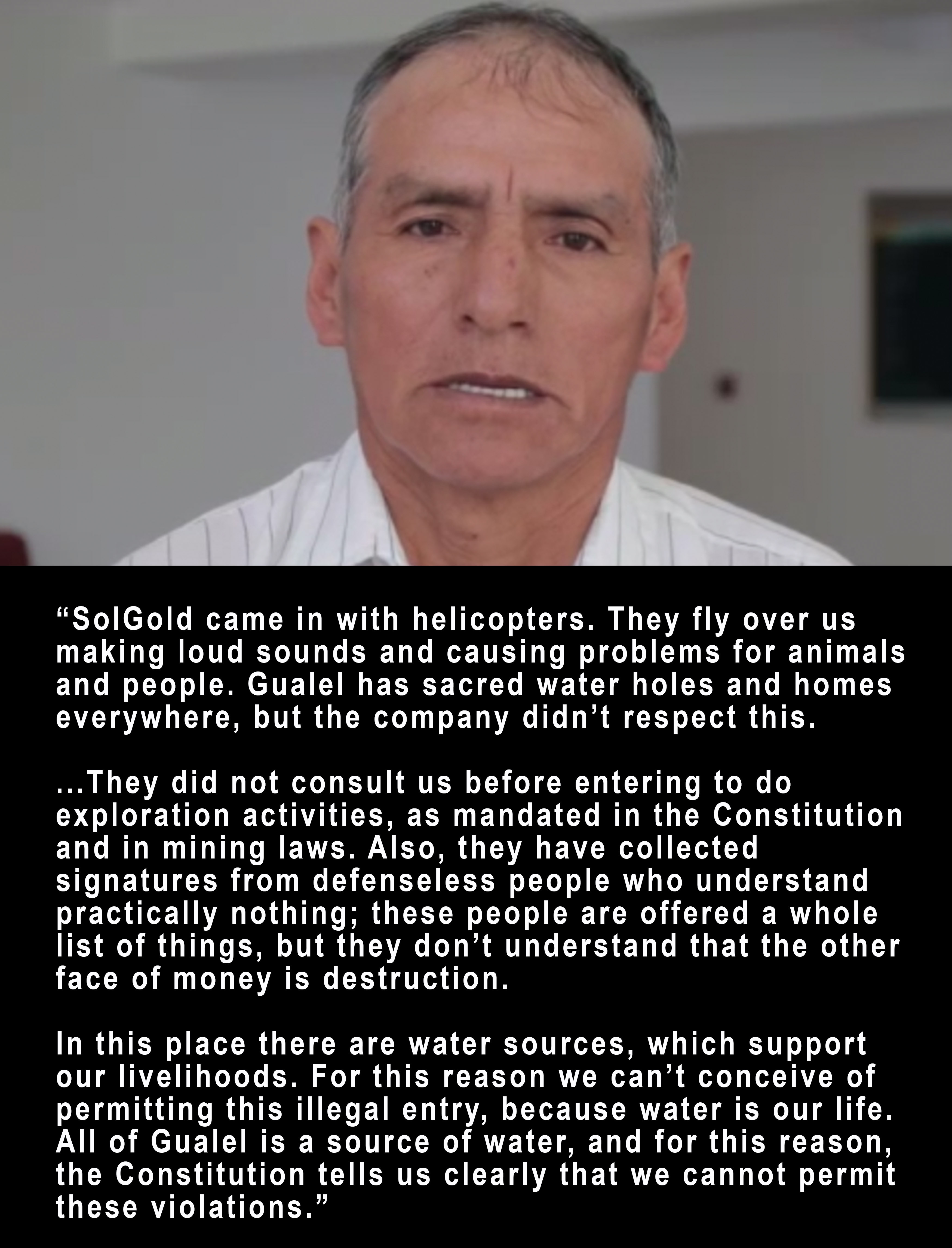
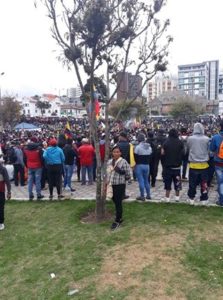
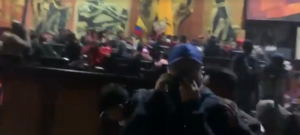
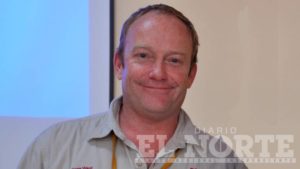
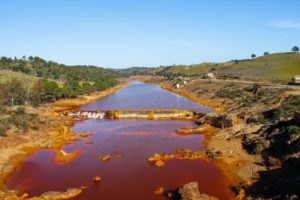
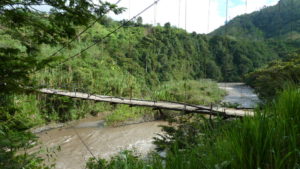
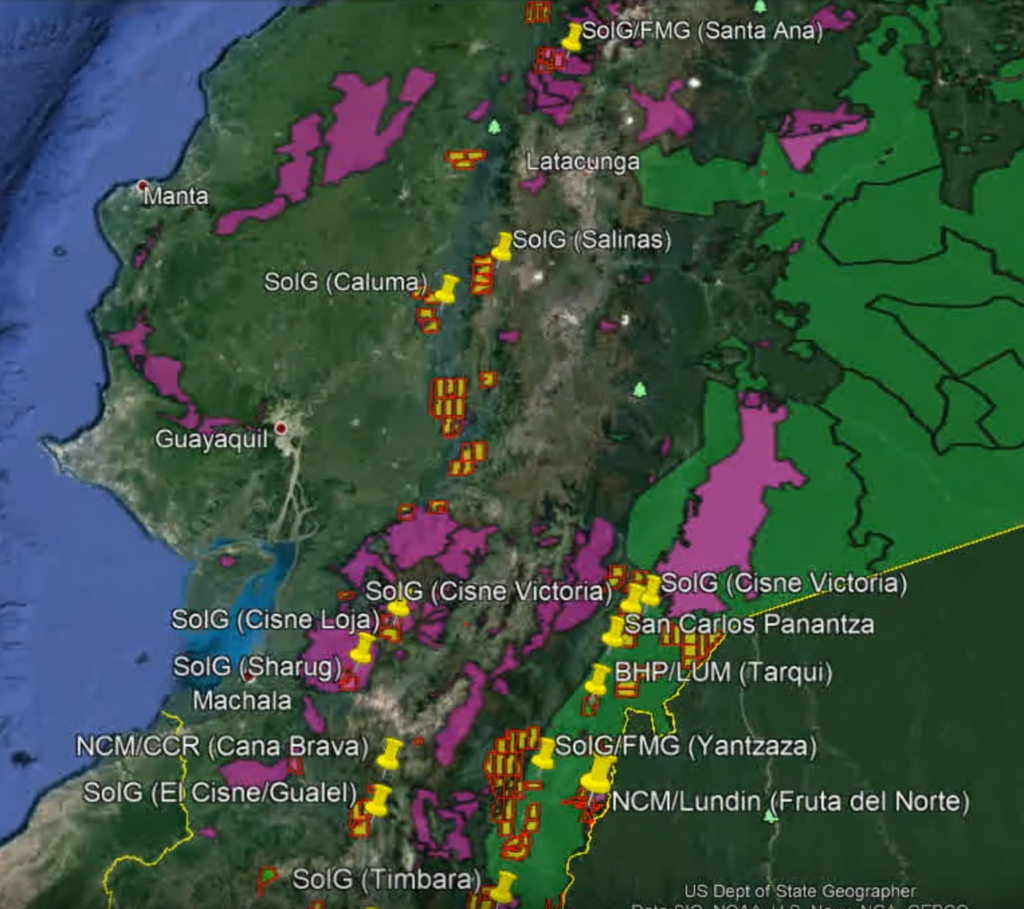
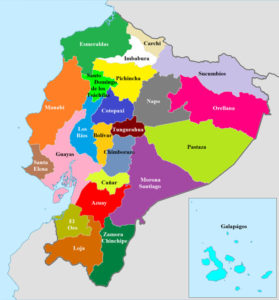
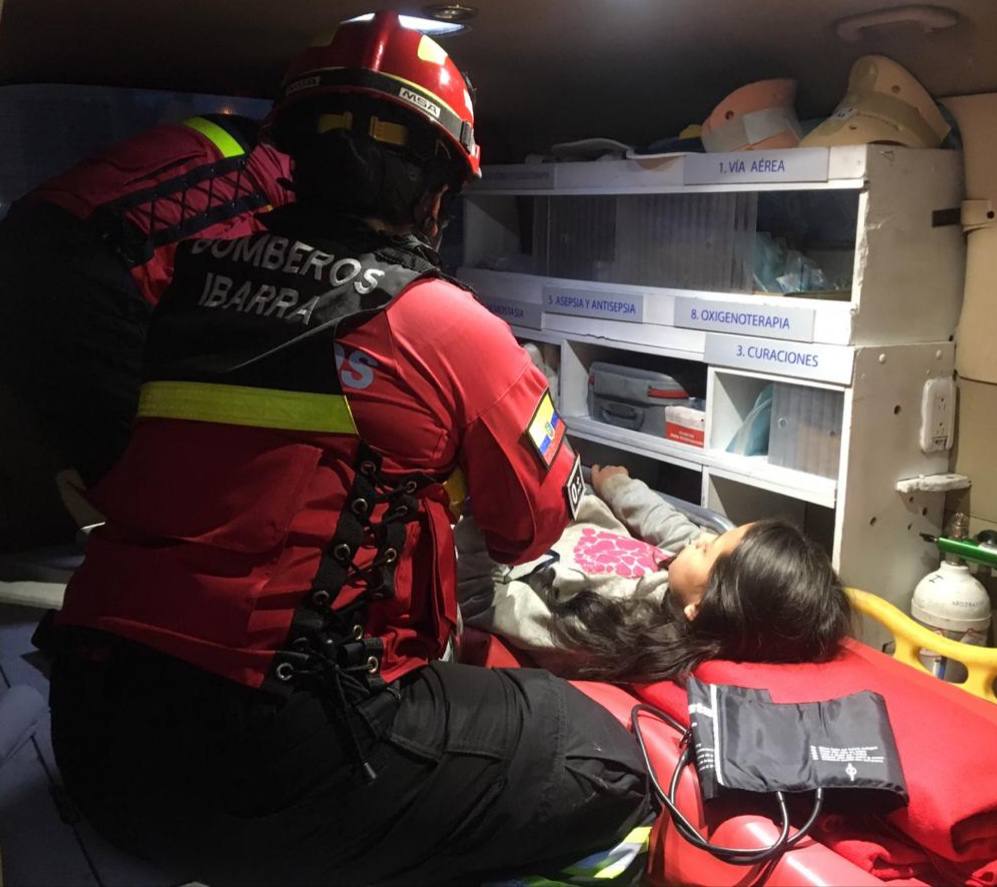
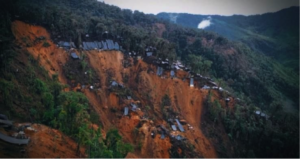 The illegal operation and resulting violence are damaging the hopes of Australian companies that Ecuador would prove to be a safe mining haven. Solgold, operating in the country since 2011, is hoping to construct Cascabel, one of the largest copper mines in the world, only 15km north of the recent violence. Australian miners Newcrest and BHP have a 25% share of Solgold.
The illegal operation and resulting violence are damaging the hopes of Australian companies that Ecuador would prove to be a safe mining haven. Solgold, operating in the country since 2011, is hoping to construct Cascabel, one of the largest copper mines in the world, only 15km north of the recent violence. Australian miners Newcrest and BHP have a 25% share of Solgold.